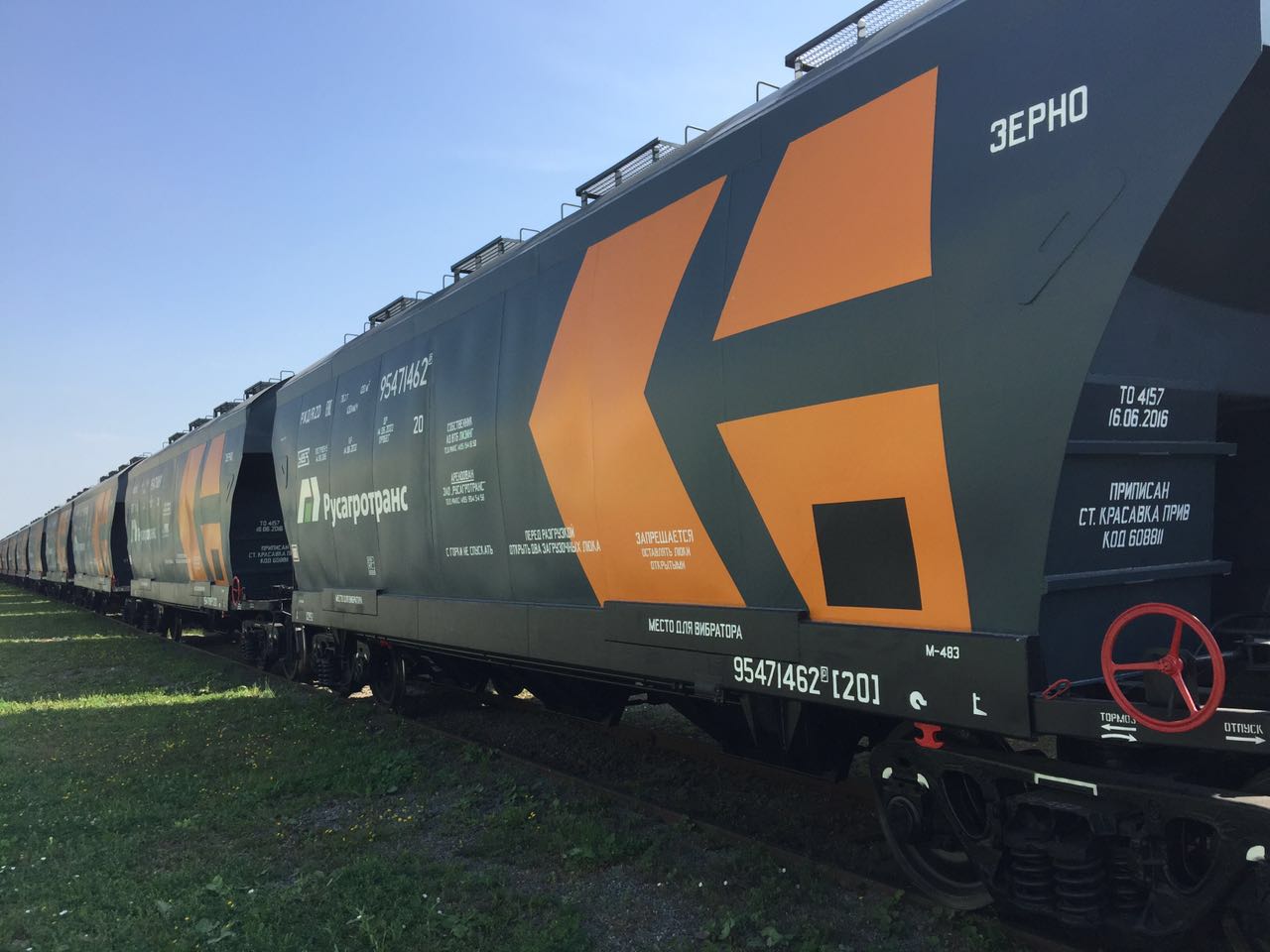
Rusagrotrans arranged 244 grain routes in January-October 2022. This is 53% more than in 2021, when 160 shipments were arranged. The volume of transported grain amounted to 760 thousand tons, compared to 508 thousand tons a year earlier.
Seven elevators located in Stavropol Krai, Volgograd, Tambov, Voronezh, Kursk and Lipetsk Regions were involved in route shipments. Ipatovsky Grain Processing Plant (Stavropol Krai) and Oktyabrsky Elevator (Volgograd Region) loaded the largest amount of grain.
The routes were mainly for export, with 75% of shipments to the ports of Novorossiysk, 20% to the ports of the Baltic Sea and 5% to other destinations (Azerbaijan, Central Asia and domestic shipments to the Far East).
In 2022 Rusagrotrans stepped up its work with route trains: now it’s possible not only to arrange routes from one consignor directly to the destination station, but also to load cargo from different grain elevators into one train, as well as to send grain express trains together with Russian Railways. Shipments by loaded routes of all kinds reduce transit time by 1.5-2 times.
In addition, Rusagrotrans significantly increased the number of empty routes from Novorossiysk from 57 to 153, which also has a positive effect on the turnover and allows routing the entire rail car mileage both loaded and empty.
Alexey Barbariush, CEO of Rusagrotrans:
'The volume of rail transportation of agricultural goods is growing every year, and this requires more accurate planning of the loading of railway lines, as well as the development of logistics infrastructure for export and domestic shipments. The increase of grain routes in the share of transportation allows optimizing traffic flows and cargo delivery speed, which, accordingly, increases the predictability and efficiency of logistics for Russian farmers.'